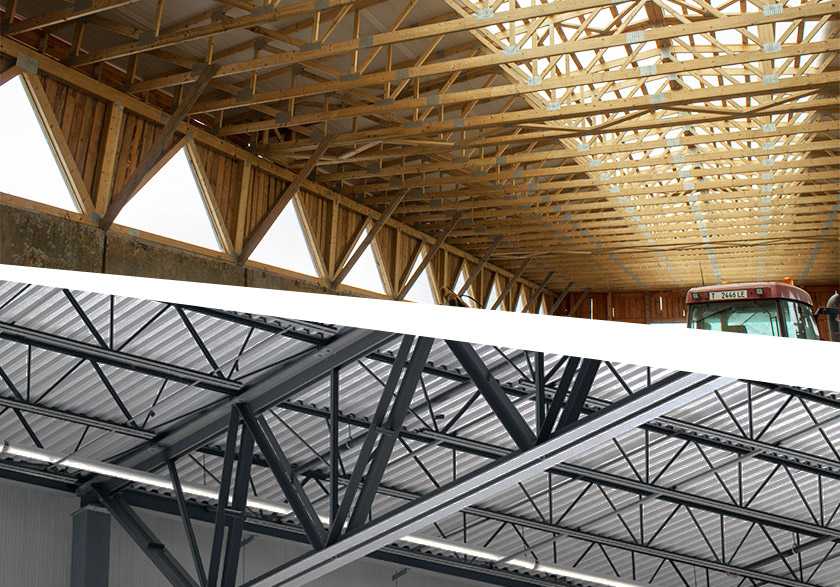
In the world of construction and architectural design, the demand for precision, durability, and efficiency has never been higher. Roof trusses, essential structural elements in building design, are no exception. To meet the stringent requirements of modern construction projects, technology has played a pivotal role in ensuring the manufacturing of high-quality roof trusses. In this blog, we will explore the vital role of technology in producing trusses that are not only strong and reliable but also meet the specific needs of today’s builders and architects.
Table of Contents
1. Advanced Design Software
Technology has revolutionised the design phase of quality roof truss manufacturing. Advanced computer-aided design (CAD) software allows engineers and architects to create intricate truss designs with remarkable precision. These programs enable the development of complex structures that meet the specific load-bearing and architectural requirements of a project. The use of design software ensures that each truss is meticulously crafted and optimised for its intended purpose.
2. Precision Cutting and Assembly
The cutting and assembly of truss components have benefited greatly from technological advancements. Automated cutting machines can precisely cut timber to the exact dimensions required for truss components. This level of precision not only improves the quality of the truss but also reduces waste, making the manufacturing process more eco-friendly.
3. Quality Control and Inspection
Quality control is a critical aspect of roof truss manufacturing. Technology plays a key role in this phase by enabling the use of sensors and automated inspection systems to verify the accuracy and quality of truss components. This ensures that each truss meets the necessary standards for structural integrity and safety.
4. CNC Machinery
Computer Numerical Control (CNC) machines have transformed the manufacturing of roof trusses. These machines can automatically cut, shape, and assemble truss components with incredible accuracy. The use of CNC machinery reduces the margin for human error and results in consistently high-quality trusses.
5. Efficiency and Cost Savings
Technology has made the manufacturing process more efficient, reducing the time required to produce roof trusses. This efficiency results in cost savings for manufacturers and, ultimately, for construction projects. The reduced labour costs, decreased production times, and minimal material wastage contribute to a more cost-effective manufacturing process.
6. Customisation and Adaptability
Modern technology allows for a high degree of customization in roof truss manufacturing. Design parameters can be quickly adjusted to create trusses tailored to specific project needs. Whether it’s altering the dimensions, angles, or architectural features, technology ensures that trusses are adaptable to a wide range of design preferences and requirements.

7. Communication and Collaboration
Technology has also improved communication and collaboration in the manufacturing process. Architects, engineers, and manufacturers can easily share design files, review plans, and make real-time adjustments. This level of communication ensures that the final truss meets the exact specifications of the project.
8. Sustainability and Eco-Friendly Practices
Advanced technology has contributed to more sustainable manufacturing practices. The use of automated systems reduces material waste, and the ability to optimise truss designs for efficiency can lead to eco-friendly construction.
Conclusion
Technology has become an indispensable tool in ensuring the quality and precision of roof truss manufacturing. From advanced design software and automated cutting machines to CNC machinery and quality control systems, technology has transformed the industry. This transformation not only results in stronger, more reliable roof trusses but also contributes to cost savings, efficiency, and sustainability in construction. As technology continues to evolve, we can expect even more innovative solutions that enhance the role of trusses in modern architectural and structural design.

